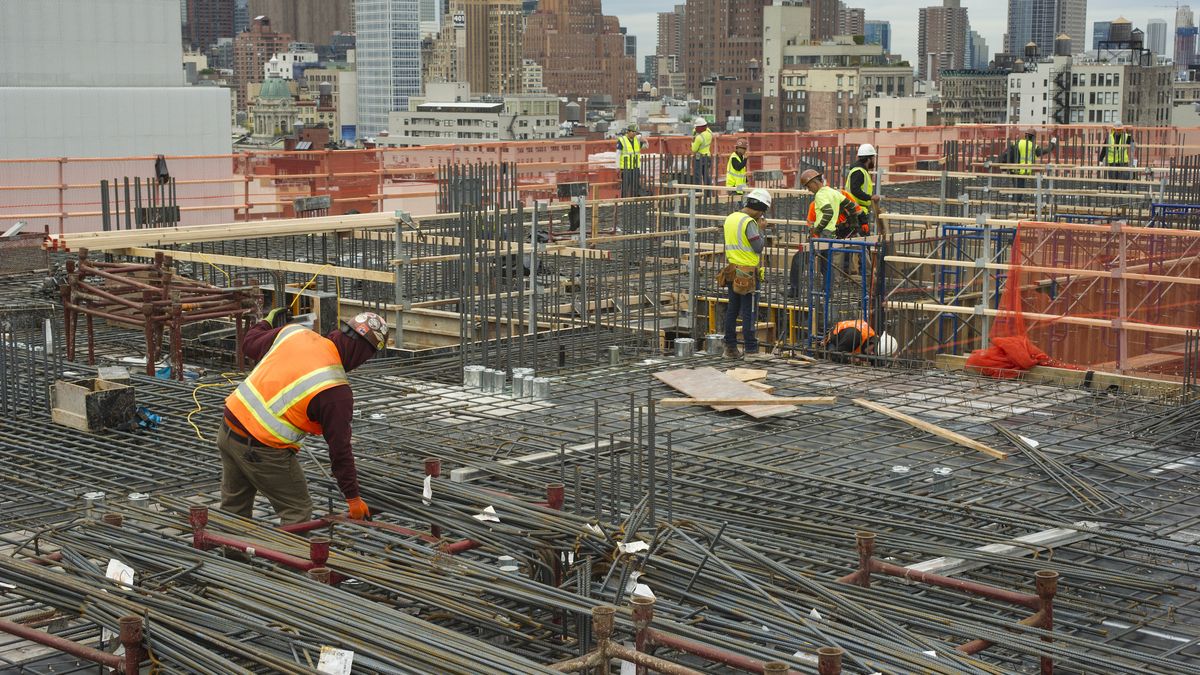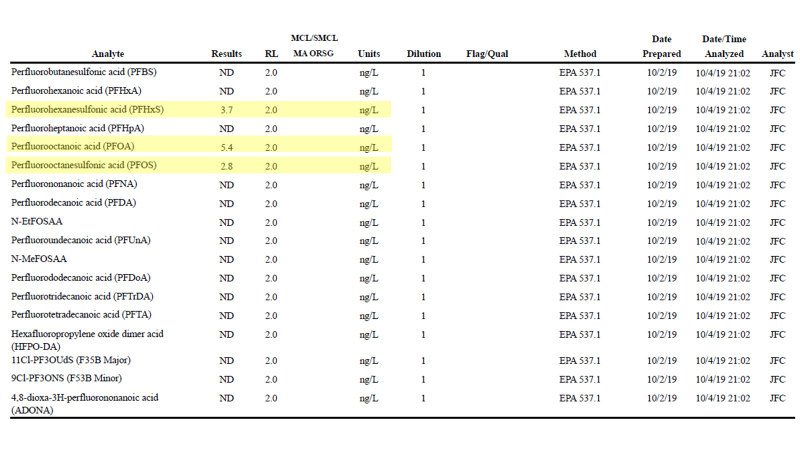
Selecting a Design Consultant; A Guide for Owners and Property Managers
[fa icon="calendar'] Mar 22, 2021 7:15:00 AM / by Peter A. Byrne, PE

How to Avoid Broken Construction Projects and Late Schedules
[fa icon="calendar'] Mar 3, 2021 10:15:00 AM / by Peter A. Byrne, PE
Owners have a lot of responsibility when it comes to design and construction—it is their money on the line while they turn to teams of experts to design and build the project. They are the ones who feel the brunt of any problems, which unfortunately abound in the construction industry. Despite awareness of the issues, the industry has not changed much in recent years.
McKinsey's research shows that construction projects typically take 20 percent longer to finish than the original schedule, can be up to 80 percent over budget, and frequently result in litigation.

Construction Defect Mediation vs. Arbitration
[fa icon="calendar'] Feb 9, 2021 1:00:00 PM / by Mark McGivern, CSI, Aff. M. ASCE
Mediation and arbitration are two types of alternative dispute resolution that are often confused. Both are options for sorting out conflicts in construction defect cases, usually without having to involve a court of law. It is helpful to understand the differences between mediation and arbitration to decide which is most appropriate for a particular situation.
Read More [fa icon="long-arrow-right"]
Off their game: How the pandemic has hit the NY construction market
[fa icon="calendar'] Nov 10, 2020 2:40:04 PM / by Taylor James Pierce, RA, NCARB, LEED AP
In March of 2015, the New York Times discussed the increasing number of legal cases that followed the fevered pace of new construction and condominium conversions in the city. Substandard construction performed under aggressive schedules left many new homeowners with a substantial number of serious building defects. Five years later, a new issue could complicate an already suspect building boom: the impact of the COVID-19 pandemic on the construction market.
Read More [fa icon="long-arrow-right"]
After the storm: Assessing hurricane damage for insurance claims
[fa icon="calendar'] Sep 14, 2020 2:57:05 PM / by Kenneth R Quigley, PE
Hurricanes wreak significant damage in the coastal areas they hit—destroying the built and natural environments in their path. Once a storm has passed, businesses and property owners focus on recovery and restoring the local economy. A key piece of that process is determining the damage caused by the hurricane. Property owners need to have funds to restore their property or business and insurance adjusters need to provide appropriate funds for covered damages. Both Both need experienced engineers to provide wind and flood assessments suitable for property insurance, to understand their needs and determine the facts to decide and defend claims.
Read More [fa icon="long-arrow-right"]
Managing Legionella Risks During Reopening
[fa icon="calendar'] Jun 24, 2020 12:33:32 PM / by Michael P. Mellette, Sc.D., CIH, CSP, CHMM
The prolonged shutdown of businesses and buildings during the COVID-19 pandemic has resulted in significant reductions in normal water use for many commercial buildings, hotels, and public facilities. These reductions have increased the opportunity for Legionella growth in building water systems and created a significant risk for transmission of this waterborne bacteria to returning occupants. It's important that building owners and managers understand the risks leading to increased Legionella growth and consider them as part of an overall reopening strategy.
Read More [fa icon="long-arrow-right"]
Facility & Operational Planning: COVID-19 FAQ
[fa icon="calendar'] Jun 3, 2020 2:48:01 PM / by Martin J. Barry, PhD, CIH, CSP, PE
In our recent webinar, Getting Back to Work Safely: Experts Discuss Facility & Operational Planning for COVID-19, participants submitted many great questions reflecting the state of uncertainty and the desire for pragmatic answers from our experts. We developed this FAQ resource to help.
Read More [fa icon="long-arrow-right"]
Back to School COVID-19 Basics
[fa icon="calendar'] May 28, 2020 9:33:04 AM / by Martin J. Barry, PhD, CIH, CSP, PE
There are major benefits for students of all ages to return to school. But if a school system reopens business as usual (like in 2019), uncontrolled COVID-19 transmission within the school system and the community could cause major public health problems. Reopening schools with reasonable and workable changes should radically reduce that COVID-19 threat.
Read More [fa icon="long-arrow-right"]
CISA Federal Guidance Includes Construction as Essential Critical Infrastructure Sector
[fa icon="calendar'] Apr 9, 2020 1:28:20 PM / by Kenneth R Quigley, PE
Many cities and states have prohibited construction activity in the wake of the COVID-19 pandemic, as they shut down non-essential business activity to help slow the spread of the virus. Yet construction is an essential industry, especially at this time both to protect critical infrastructure and to maintain economic activity.
Read More [fa icon="long-arrow-right"]
PFAS Contamination in Massachusetts Drinking Water Supplies
[fa icon="calendar'] Nov 20, 2019 9:00:00 AM / by Michael P. Mellette, Sc.D., CIH, CSP, CHMM
Per- and polyfluoroalkyl substances (PFAS) are a group of chemicals that have been manufactured and used in the United States since the 1940s. PFAS are commonly found in both household and industrial products such as non-stick coatings, stain and water repellent fabrics, and cleaning chemicals. Ground water contamination with PFAS has been associated with fire-fighting foams, manufacturing sites, landfills, and other industrial operations. Because of their chemical structure, PFAS are highly persistent in both the environment and human body. Studies have indicated that some PFAS compounds may be associated with adverse health effects, including:
Read More [fa icon="long-arrow-right"]
